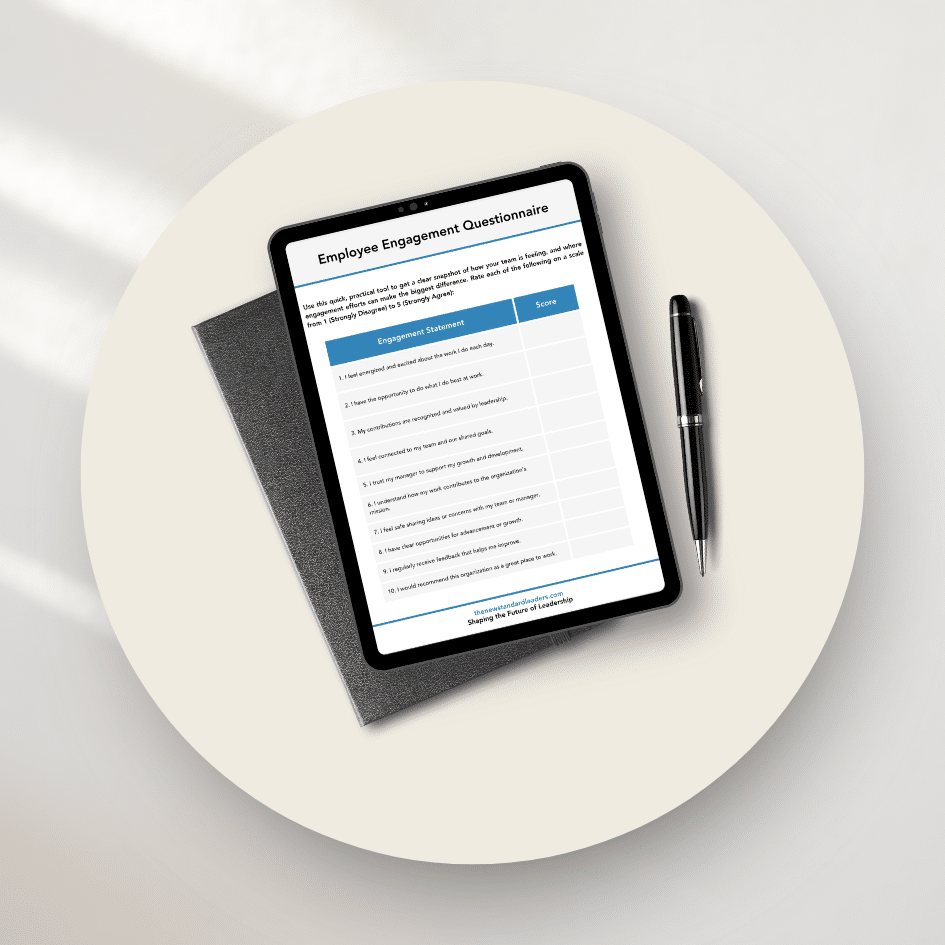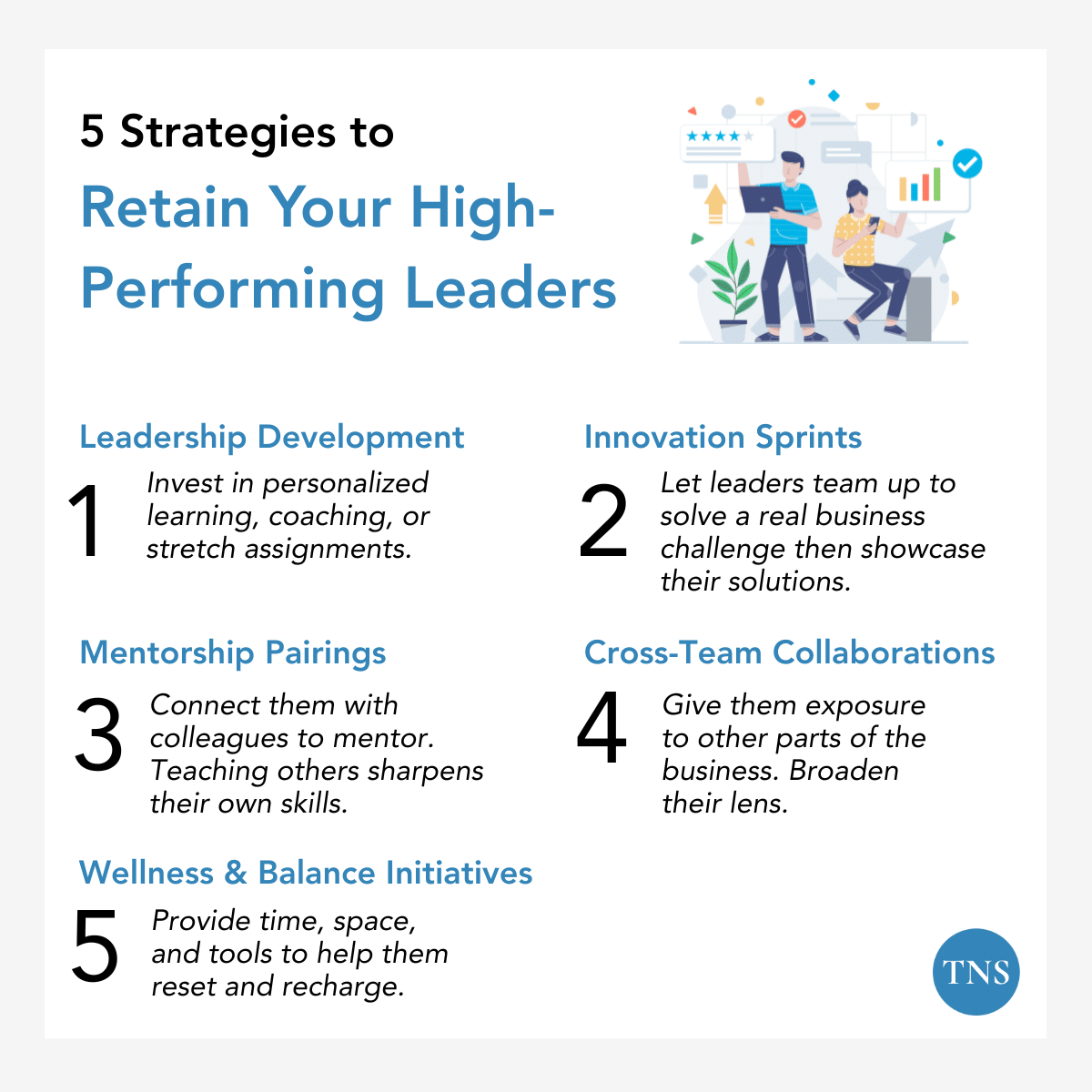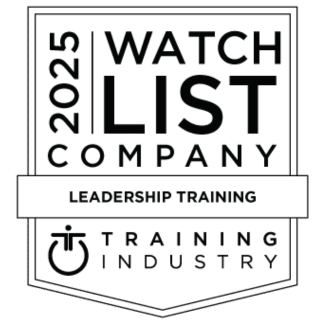Engagement in the workplace may not appear on the balance sheet, but its absence has a way of showing up everywhere else.
Forget the ping-pong tables. What keeps top talent engaged is far more meaningful:
- Purpose
- Progress
- Recognition
- Agency
- Real relationships
And yet, year after year, we see a troubling disconnect:
The costliest disengagement isn’t from the quiet quitters. It’s from your most capable, committed people: the high performers. They’re the ones who deliver without fanfare, who build trust and culture, who others look to for direction. And when they check out, even quietly, it sends ripples.
So what do you do? How do you not just retain your best people but keep them actively engaged, energized, and invested?
The Emotional Infrastructure Behind Engagement in the Workplace
Engagement may sound like business speak, but at its core, it’s deeply human. It’s a feeling that’s reinforced or eroded every day by how people are treated, challenged, and supported. When we talk about engagement in the workplace, we’re really talking about emotional connection to purpose, people, and potential.
High performers in particular need to see that their efforts matter. They don’t just want feedback, they want to know they’re part of something bigger, that their career trajectory is going somewhere. And when that doesn’t happen, disengagement can creep in, subtly at first, then all at once.
So why does this disengagement happen? Here are some of the key reasons:
- Lack of Growth Opportunities: High performers do more than work hard. They think ahead. If they can’t see a future in your organization, they’ll start picturing it somewhere else.
- Insufficient Recognition: Top performers often hear “great job” less frequently than they should. Why? Because they make it look easy. But to many, recognition is a lifeline.
- Weak Leadership or Management: Gallup has found that 70% of the variance in employee engagement is directly attributable to the manager. Frustration is only part of the story. Poor leaders ultimately exhaust the people they manage.
- Value Misalignment: When personal and organizational values start to diverge, even your most loyal employees begin to feel like outsiders.
Best Practices for Keeping Your Leaders Engaged
Engagement deepens when employees feel heard, supported in their growth, and connected to meaningful outcomes.Think of it like tuning an instrument: if you only play the same notes without adjusting the strings, the music falls flat. But when you fine-tune development pathways to connect with underlying motivators, engagement becomes a powerful, sustainable force that fuels your entire organization. Here’s how that plays out:
- Personalized Development Plans: One-size-fits-all development programs don’t cut it. Offer tailored growth opportunities that align with their strengths, ambitions, and learning styles. Let them shape their path.
- Frequent, Thoughtful Recognition: Don’t reserve praise for the annual review. Recognition should be specific, timely, and tied to impact. Let people know exactly how their contributions move the needle.
- Give Them Autonomy and Ownership: High performers don’t want to be micromanaged. They want trust, room to experiment, and a say in how they do their work.
- Real Transparency: High performers want the truth, not spin. Share information early and often. It builds trust and prevents disengagement born of confusion or speculation.
- Align Their Role with the Mission: Help them see how their daily work connects to the bigger picture. Inspiration alone isn’t enough. What matters most is clear strategic direction.
The Traits of High-Performing Teams
When individual engagement is strong, it sets the foundation for team success. But high performance is about more than just output. Teams thrive when they work in sync, when shared behaviors, psychological safety, and open, consistent feedback create an environment of trust and momentum.
At The New Standard, we’ve seen across industries that when teams feel safe to speak up, challenge ideas, and learn from failure, performance naturally accelerates. Shifting from top-down communication to a culture of regular peer feedback consistently leads to faster decision-making and greater ownership across departments. Here are the elements that truly make a difference in high performing, fully engaged teams:
- Clear Goals: Every person knows the team’s objectives and how their work contributes to them.
- Open Communication: Feedback is regular and constructive. Ideas can be voiced without fear.
- Trust and Respect: There’s mutual regard for each person’s skills, opinions, and differences.
- Flexibility: The team can pivot when needed. Change is met with curiosity, not resistance.
- A Growth Mindset: Mistakes are seen as learning moments. The team pushes for better, not perfect.
Beyond Perks: Activities That Reignite Engagement
Want to keep high-performers energized and committed? Recognition and perks aren’t enough. Your rising leaders crave meaning, challenge, and growth. The good news: You don’t need to overhaul your culture to deliver. We’ve seen how organizations can spark renewed energy and motivation by intentionally investing in the right development experiences. We’ve seen these strategies work, not just in theory, but in practice:
- Leadership Development: Invest in personalized learning, coaching, or stretch assignments.
- Innovation Sprints: Let leaders team up to solve a real business challenge then showcase their solutions.
- Mentorship Pairings: Connect them with colleagues to mentors. Teaching others sharpens their own skills.
- Cross-Team Collaborations: Give them exposure to other parts of the business. Broaden their lens.
- Wellness and Balance Initiatives: Provide time, space, and tools to help them reset and recharge.

The Employee Engagement Questionnaire
Here’s a resource to actually start measuring and addressing engagement in the workplace. Ask team members to fill out this 10-question tool as a pulse check.
Distribute it quarterly. Track changes. Act on trends.
Worried your top talent might be eyeing the exit?
Explore how our leadership development programs can keep your high-performing women leaders motivated and invested.
Enjoyed this post? You might also like…











